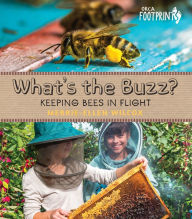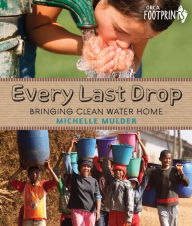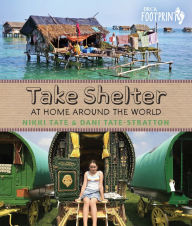Earth Day 2016
 Trash Talk: Moving Toward A Zero-Waste World
Trash Talk: Moving Toward A Zero-Waste World
Michelle Mulder, Author
Orca Book Publishers, Nonfiction, Apr. 1, 2015
Pages: 48
2016 Book of the Year for Children Award
Green Earth Book Award 2016
Suitable for Ages: 8-12 years
Themes: Garbage, Refuse and refuse disposal, Recycling, Reusing, Composting, Getting involved
Book Jacket Synopsis: What is a garbologist? How many people live in the Cairo garbage dump? What are the top ten types of human garbage found in the ocean? Where is the Trash Palace?
Did you know that humans have always generated garbage, whether it’s a chewed on leg bone, an old washing machine or a broken cell phone? Trash Talk digs deep into the history of garbage, from Minoan trash pits to the Great Pacific Garbage Patch, and uncovers some of the many innovative ways people over world are dealing with waste.
Why I like this book:
- Michelle Mulder’s Trash Talk is an inspiring call to action for teens to think about garbage in different ways and get involved in a zero-waste world. Her writing style is very conversational as she shares many of her own experiences from her travels around the world. Every page is filled with colorful photographs and intriguing “Trash Fact” trivia sidebars. The book is divided into four major chapters that deal with the abundance of waste, alternative solutions to landfills, dumpster diving, and developing a zero-waste life style. The book is filled with examples of things youth and adults are doing worldwide to address the problems with trash in their communities.
- Typically we think of garbage as stinky, germy and dangerous. But, sometimes it is a treasure or can be reimagined into something else. Old tires, jeans and books can be used to insulate houses. Abandoned fishing nets can be made into carpets for office buildings. Mulder provides alternatives to polluted landfills, incinerators that release toxic gases, and dumping into the ocean. She focuses on countries like New Zealand, where 71 percent of the communities are aiming for zero waste. People can drop off their junk at a Trash Palace where others can purchase items others don’t want.
- Mulder’s book is also filled with some historical information about how humans have dealt with trash over the centuries. New York City banned people throwing trash into the streets in 1850 and organized trash collection. Recycling was popular in the 1940s during World War II, when people worldwide recycled and donated items like plastic to help the war effort to make equipment, cockpits, and bombs.
- Trash Talk is one of many nonfiction books under the Orca Footprint series for middle grade students. The books are well-written, researched and filled with photos and stories of things youth are doing to create change in their world. There are many resources at the end of Trash Talk that include books, movies and websites. Trash Talk and the books listed below belong in every school library.
Michelle Mulder speaks from experience as her life-long interest in trash began back when she was living in a college dorm. When summer arrived, she began to find perfectly boxed food items, pans, books and furniture pitched because they didn’t fit into a suitcase. She loved to go dumpster diving. Visit Michelle Mulder at her website which lists all her beautiful books and has teacher guides for the classroom.
Check out the following Orca Footprint books for Earth Day 2016.



Check other Middle Grade review links on author Shannon Messenger’s Marvelous Middle Grade Monday post.